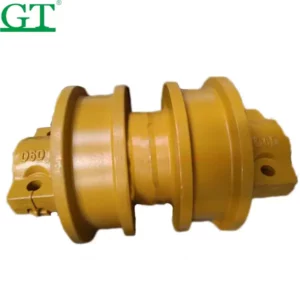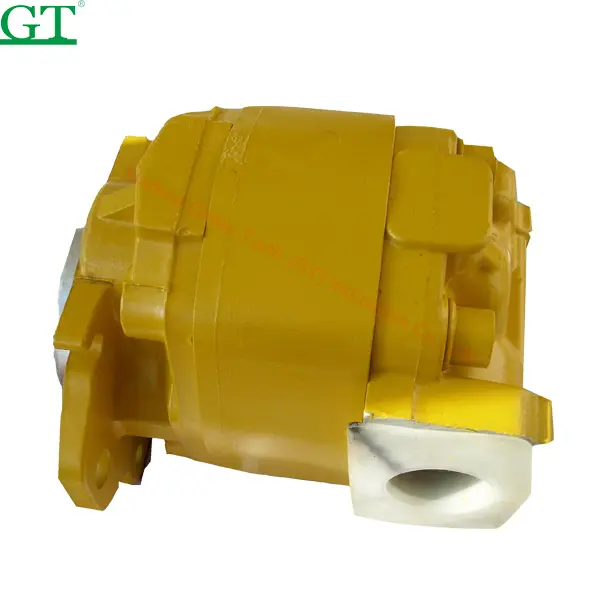HOW TO CHOOSE THE GYRATORY CRUSHER PART?
The Gyratory Crusher wear parts — mantle designed, customized, manufacture, and install is complete for customers before the end of the month. In order to the machine back up and run this week. We have got working such long hours on this project. 100% drawing, same wear parts, but 1/3 price.
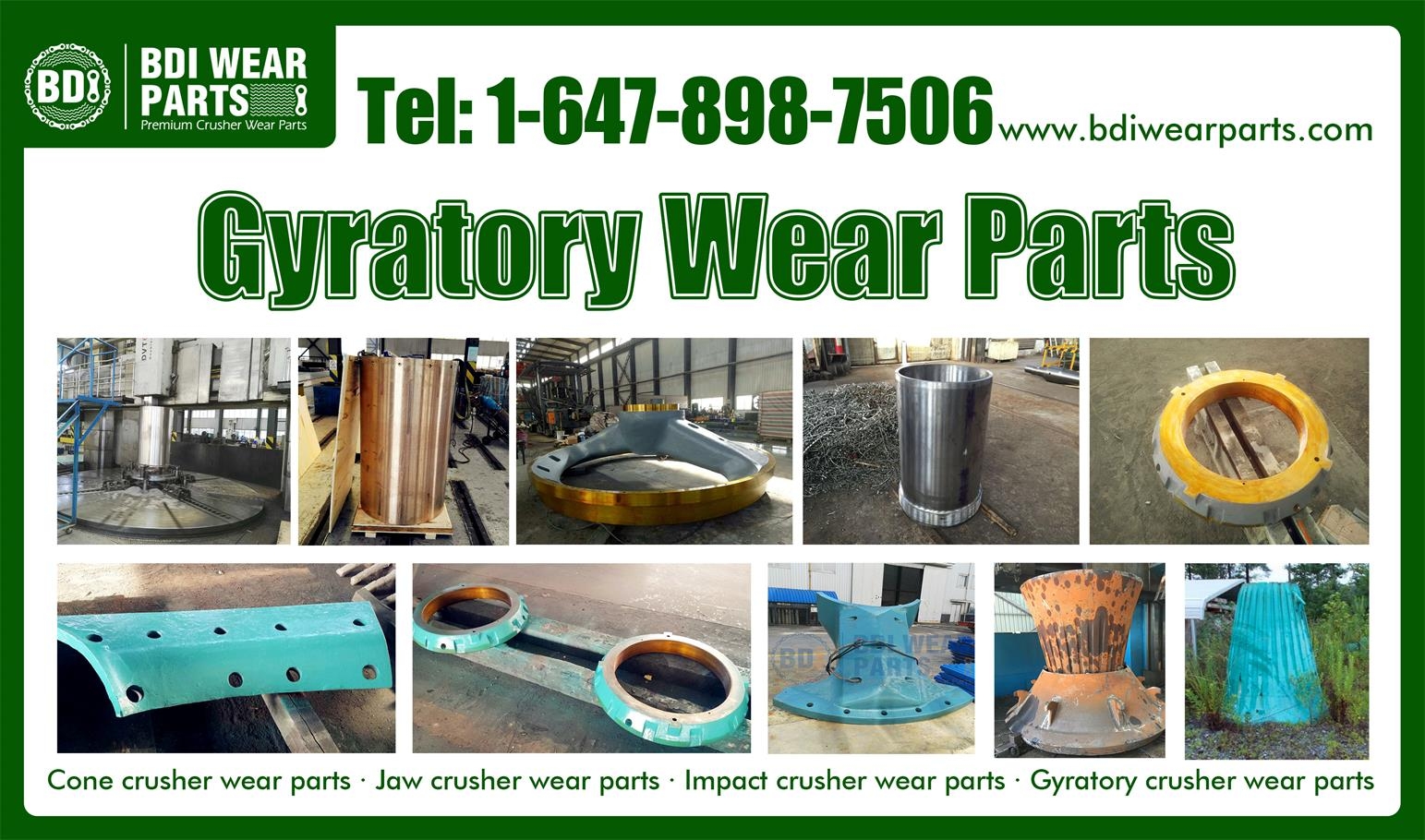
We have many case histories in which wear life increase of 60% are common, and some in which wear life increased up to 200%. BDI wear parts offers crusher liner styles than other manufacturers. Each of these designs has been developed for a customer seeking to improve cone crusher performance.
BDI Wear Parts is a dynamic, fast-growing company with years of experience in the production, application, and supply of product.We supply and ship parts across the globe to the USA, Canada, Europe, Australia, Africa and other countries.
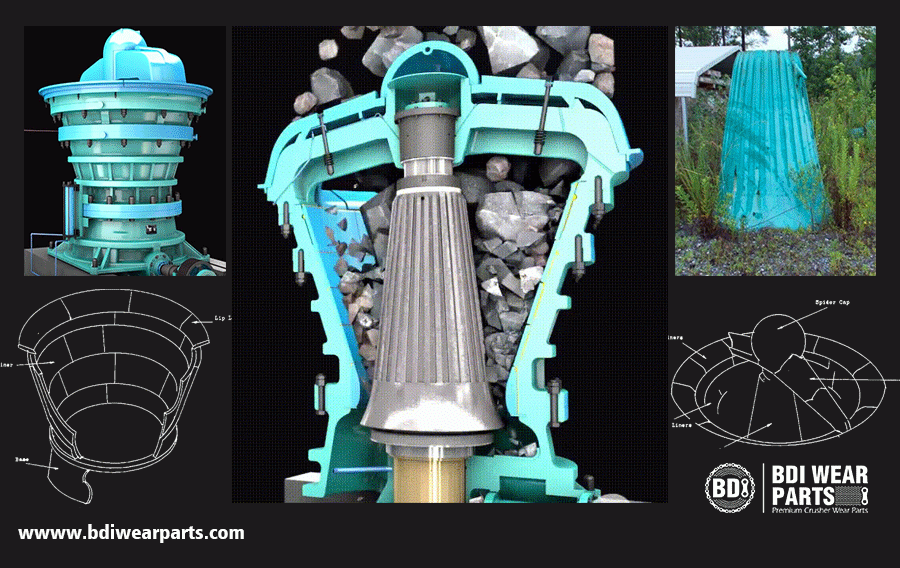
BDI leverages its deep technical, industry and supply chain experience to help our customers improve their performance. Our service goes far beyond providing wear parts. We take great pride in helping our customers reduce costs, increase parts availability, minimize downtime, and provide great after-sales service.
BDI’s experienced staff source and provide compatible quality crusher spares and wear parts for all leading mobile crushing and screening equipment at highly competitive prices.
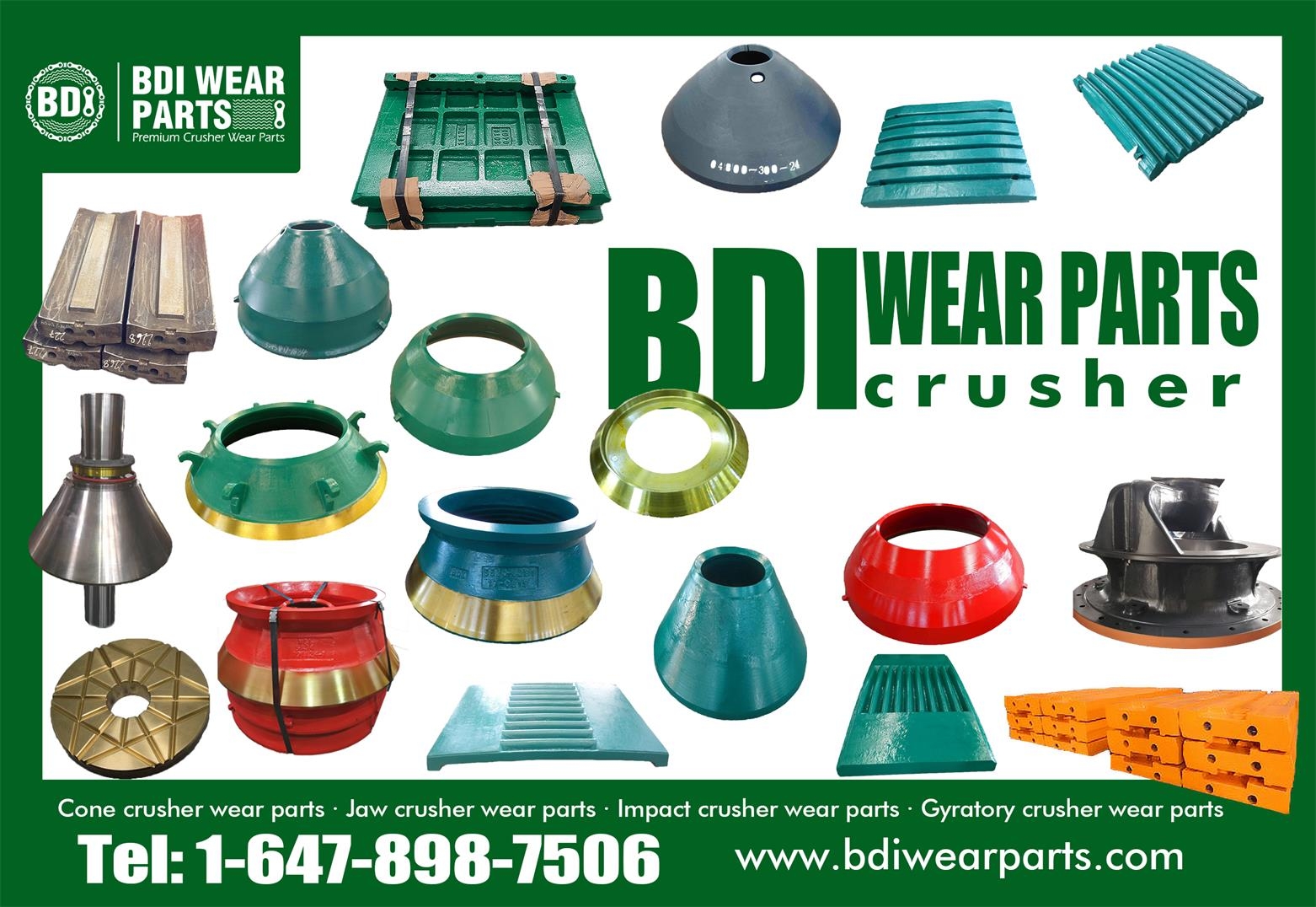
Our very strong focus on providing high-quality parts and applications advice enables BDI to help our customers continuously reduce capital and operational costs and improve product reliability. We take great pride in the very positive feedback our customers provide us. This is the secret to our growth and our successful partnerships with our customers.

